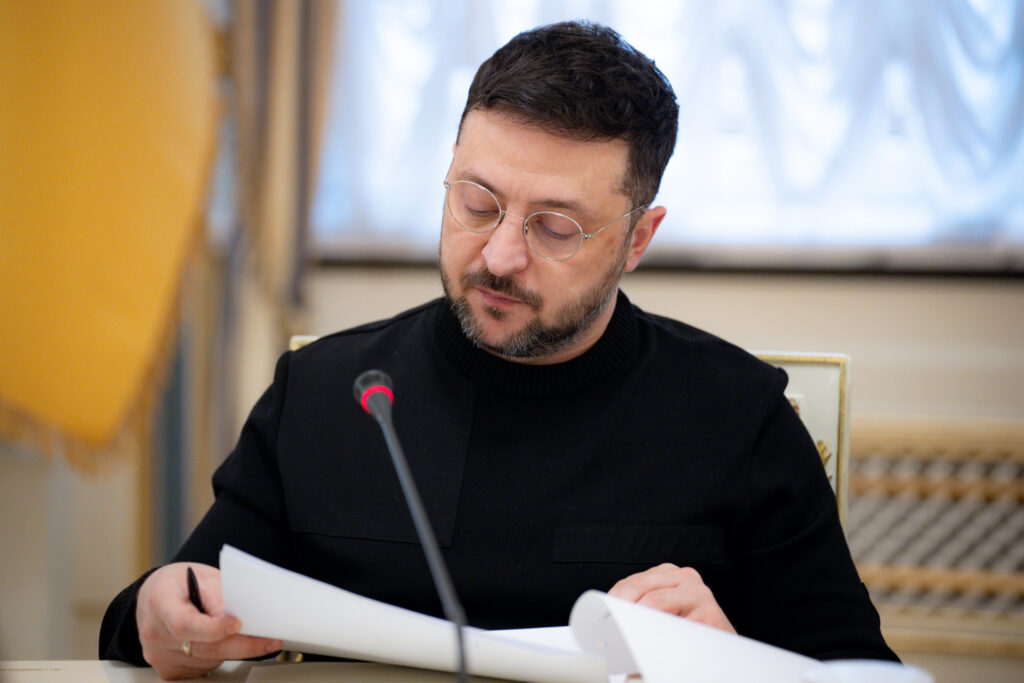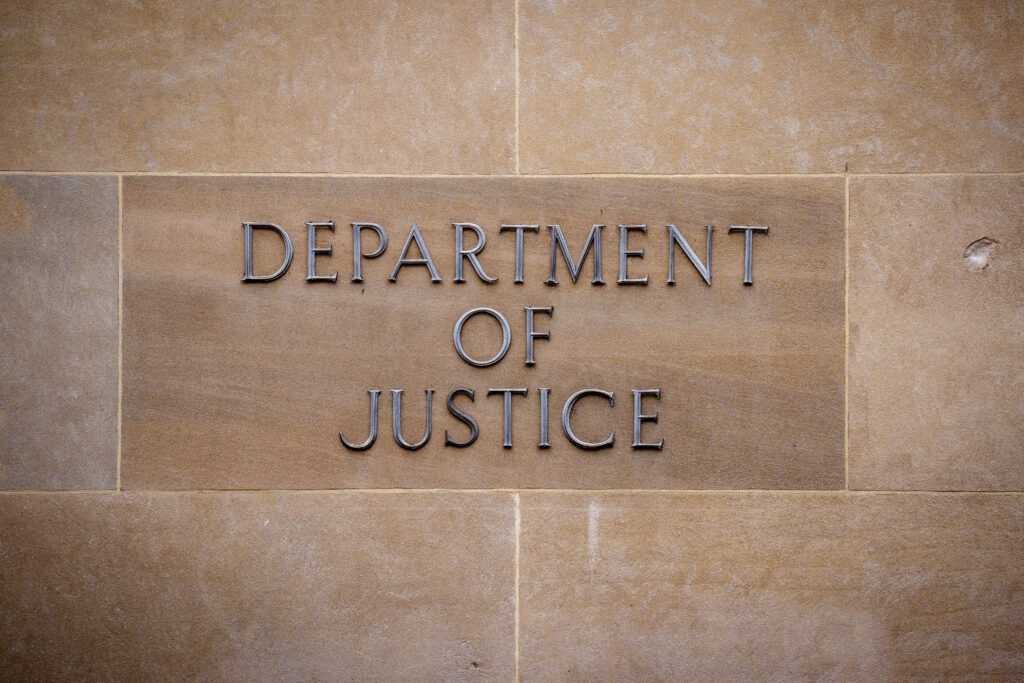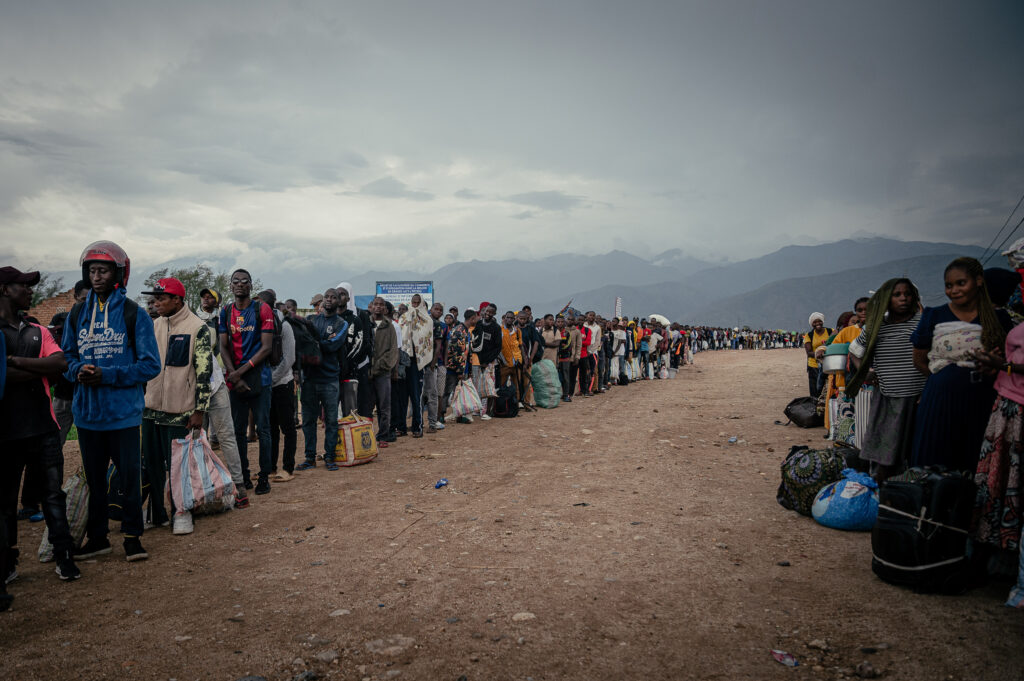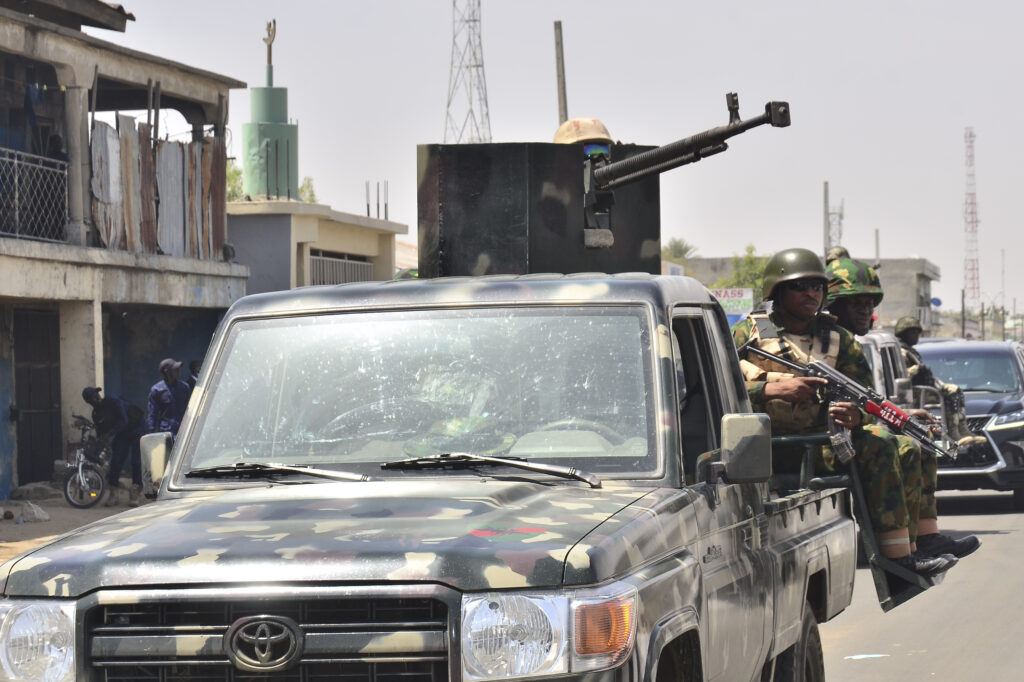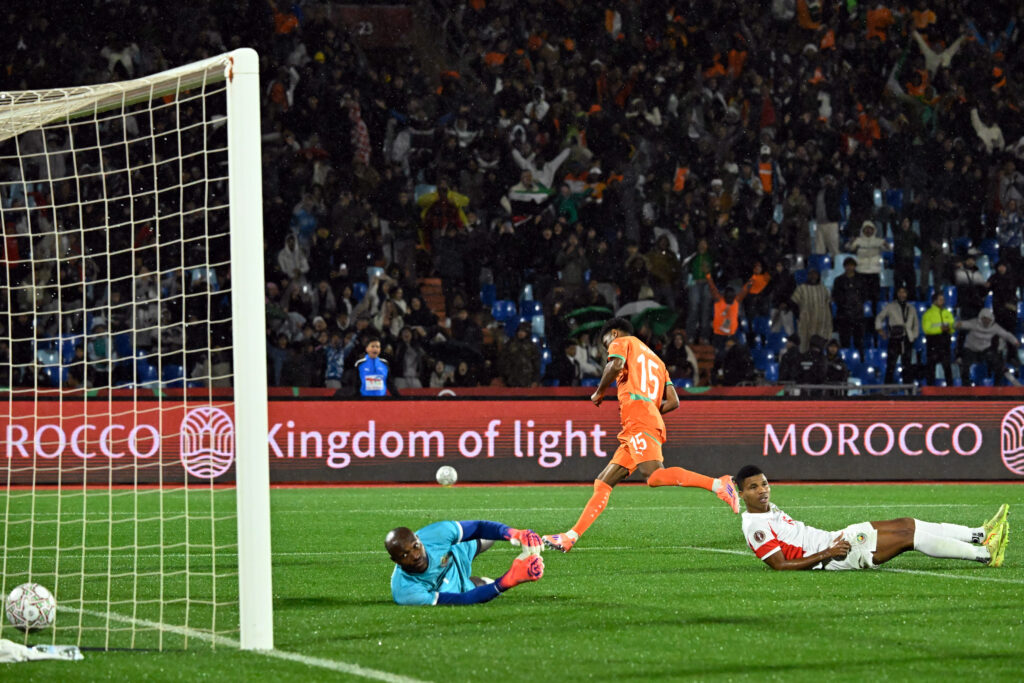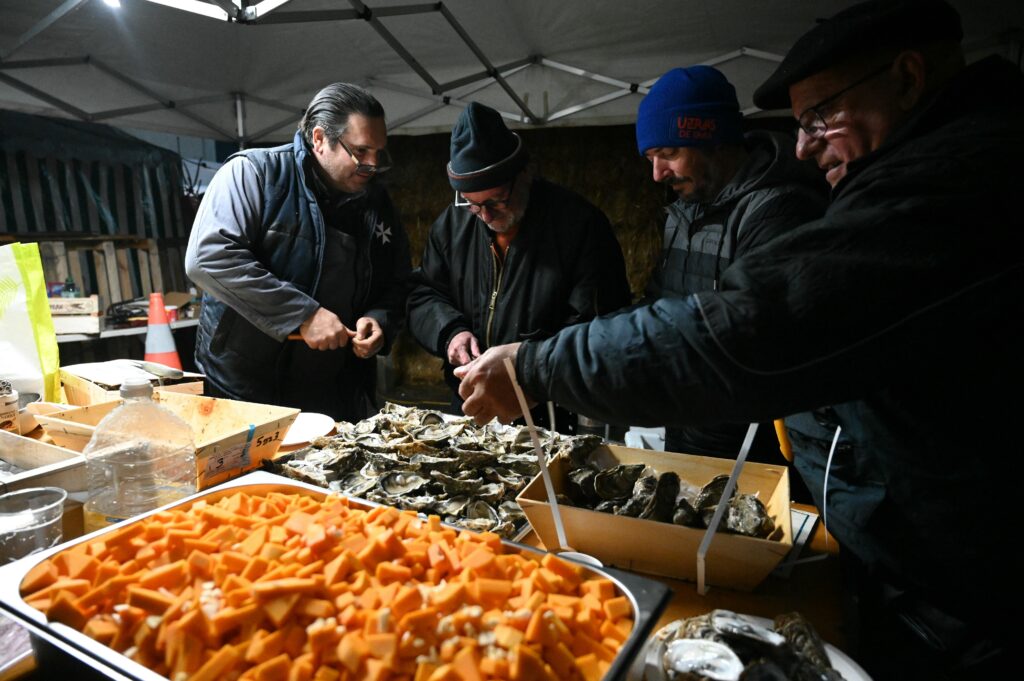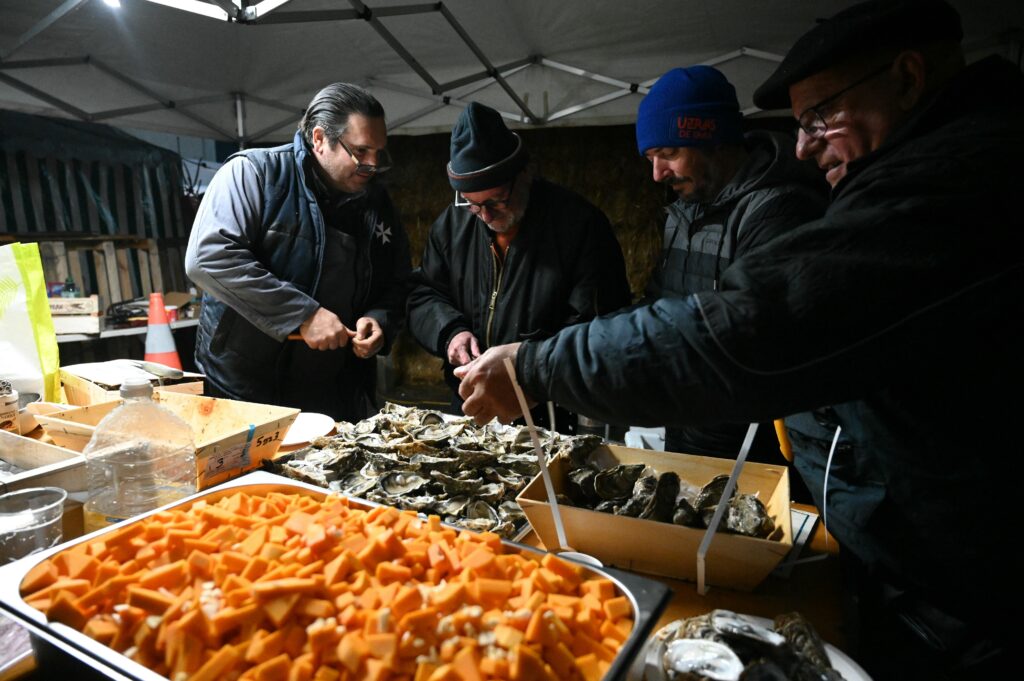Sur les quelques barrages toujours maintenus dans le Sud-Ouest, des agriculteurs célèbrent le réveillon de Noël mercredi, après une dizaine de jours de mobilisation contre la gestion gouvernementale de la dermatose nodulaire contagieuse (DNC).Sur l’A64 à Carbonne, au sud de Toulouse, une nouvelle tonnelle longue de près de 40 mètres a été installée pour abriter, à 21H00, la messe de Noël. Elle devrait se tenir devant plusieurs centaines d’agriculteurs et d’habitants des environs, dont le soutien est constant depuis l’installation du campement, le 12 décembre.Sur le barrage de l’A63 à Cestas au sud de Bordeaux, quelques dizaines de manifestants se sont retrouvés pour un réveillon “façon auberge espagnole” sous le pont de l’échangeur d’autoroute, entre barnums, planchas, réchauds à gaz et crèche illuminée, a constaté un journaliste de l’AFP, avec un marché de producteurs et une messe prévue.Sur l’A64 à Briscous (Pyrénées-Atlantiques), la messe de minuit était prévue à 22H30, selon la Coordination rurale 64, qui prévoit aussi une parade de tracteurs dans Pau jeudi soir.Selon la gendarmerie, la circulation était toujours entravée mercredi matin sur l’A63 au sud de Bordeaux, sur l’A64 qui longe les Pyrénées de Toulouse à Bayonne, sur l’A65 à Thèze (Pyrénées-Atlantiques) et sur l’A75 en Lozère et en Aveyron.En début de soirée, le ministère de l’Intérieur recensait 15 actions mobilisant 140 personnes.”On va continuer à se battre, pour arriver à changer la règle sur l’abattage, amener des solutions à nos céréaliers. (…) On veut que tous ces agriculteurs qui sont dans le dur, arrivent à passer le cap de l’année 2026″, avait déclaré mardi soir Jérôme Bayle, figure de la contestation, à l’issue d’une rencontre avec le préfet de Haute-Garonne.”Malheureusement, on a un interlocuteur qui est borné, mais on est déterminé. C’est la survie de nos exploitations qui est en jeu, donc s’il faut y passer un mois, on y passera un mois”, a déclaré à l’AFP Benjamin Roquebert, autre éleveur mobilisé à Carbonne.Depuis le début de l’épidémie en Savoie cet été, l’État tente de contenir la propagation du virus en se basant sur “trois piliers”: l’abattage systématique d’un troupeau dès la détection d’un cas, la vaccination et la restriction de mouvements.Une gestion fortement contestée par une partie des agriculteurs, notamment de la Coordination rurale (deuxième syndicat de la profession) et de la Confédération paysanne (troisième), qui rejettent cette stratégie d’abattage des troupeaux entiers au moindre cas détecté.En Haute-Garonne, 72 vaches ont été abattues mardi après la détection d’un nouveau cas de DNC, dans le village pyrénéen de Juzet-d’Izaut, portant le bilan national à 115 foyers depuis juin. Le dernier cas majeur de DNC remontait au 15 décembre, dans le département voisin de l’Aude. bdu-mk-gf-tb-jum/jco

